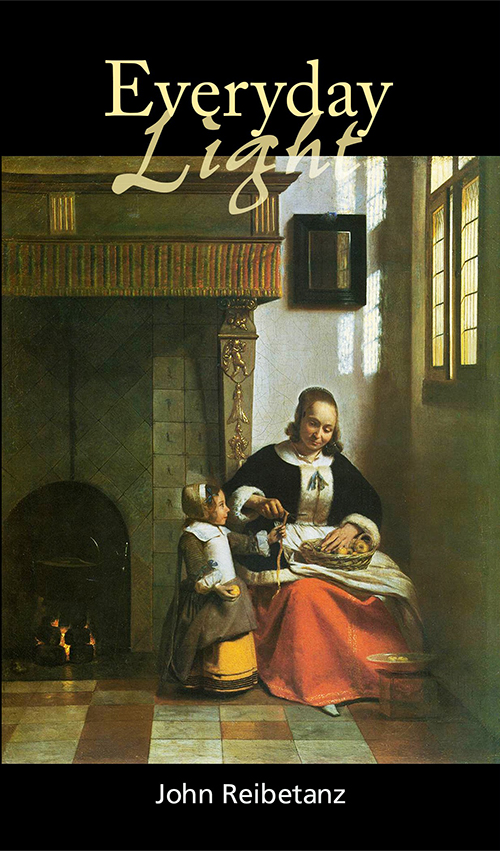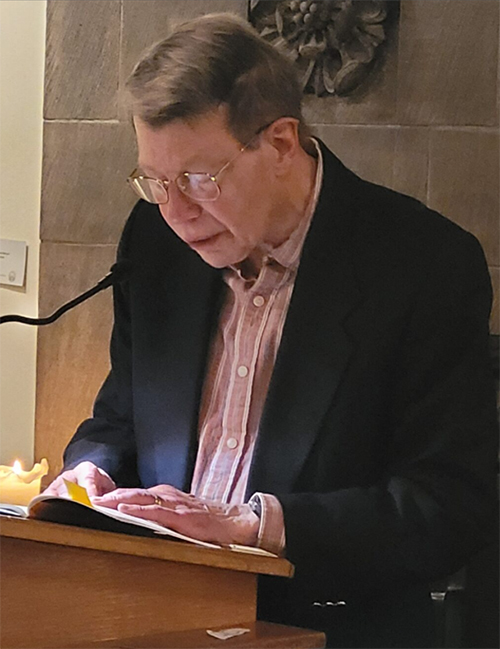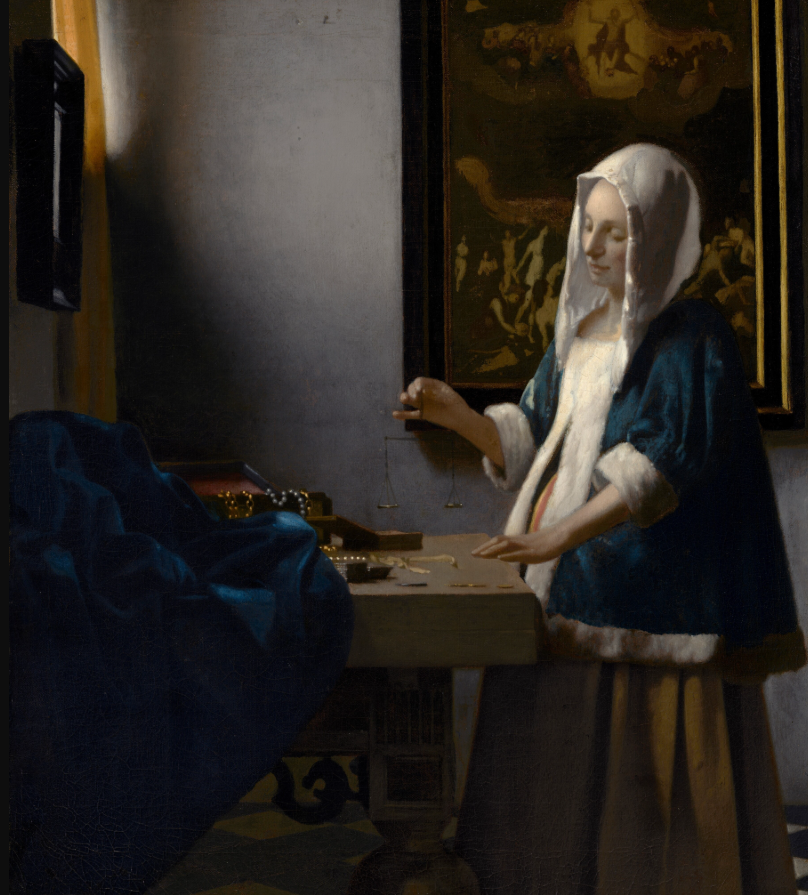The original story is posted on A&S News.
“A poem can paint a painting verbally.”
So said poet and U of T alum, Jeffery Donaldson, at a book launch last month at the Toronto Arts & Letters Club, celebrating the latest poetry collection of John Reibetanz, titled Everyday Light.
“That's part of John's genius — he paints in the spirit of the paintings that he is writing about,” added Donaldson, a professor of English & Cultural Studies at McMaster University. “The poems bring something to them … gives voice to something that is going on, helps them to speak.”
Reibetanz was joined by Donaldson as well as other literary friends who each read from Everyday Light — a collection of sonnets inspired by Dutch paintings from the 17th century by artists such as Rembrandt van Rijn, Frans Hals and Johannes Vermeer.

“It's a period of great efflorescence in art because everybody owned art,” said Reibetanz. “It's an age of great connection. People are reading each other's poems and looking at each other's paintings and finding inspiration from them.
“There were people who made a very modest living but had 65 to 70 pictures in their house. They were passed from one generation to another. And so, unlike the art of a lot of Europe, which disappeared after the 17th century, Dutch art stayed.”
Reibetanz’s poems touch on themes of music, landscapes and ordinary domestic life, all drawn from these paintings.
“I highly recommend taking a special approach in the reading of this book,” said Allan Briesmaster, a Toronto-based poet and editor of the book, and the event’s emcee. He suggested reading a sonnet, then finding the painting Reibetanz references and then reading the sonnet again.
“The experience is sure to be illuminating,” he said. “It certainly was for me.”
Reibetanz, a professor emeritus with the Faculty of Arts & Science’s Department of English, as well as Victoria College, has written 18 books of poetry, including Metromorphoses which was published last year.
“Everyday Light is an attempt to capture the wildness, the strangeness and utter originality that constitute Dutch art in the triumphant era of 1600 to 1660,” said Reibetanz in the book’s author’s note.
There is a strong sense of everyday light going through the entire volume. It involves getting something, holding on to it, and seeing how the picture corresponds to your sense of life.
“By focusing on music, eyes, landscapes and still life, and by limiting the focus to the sonnet that proved itself indigenous to 17th century art, I hope to capture some of the many ways in which that art spoke to a generation and can speak to us even now.”

Reibetanz told the audience that long before he became a scholar and a writer, he would frequently visit New York’s Metropolitan Museum of Art as a young boy and was spellbound by the paintings he saw.
“I got taken to the Met every two or three weeks, and I was allowed to just find myself in front of painting after painting and wonder, ‘How did these paintings come here?’” he said.
Building on those memorable childhood experiences, Reibetanz made a pilgrimage to the Netherlands two years ago, visiting over 20 museums and art galleries.
“I looked at so many different paintings, and I chose the ones that had the most relevance to what our culture faces today,” he said.
The sonnet, he decided, was the perfect poetic tool to capture his thoughts and impressions of these great works.
“The sonnet form just opened itself up to me, said Reibetanz. A sonnet opens up at the beginning, and then there's complication, complication, complication, and then some kind of resolution. That's the way the sonnet worked in the 17th century — it formulated people's thoughts — and still does today.”
While all the paintings referenced in Everyday Light capture Reibetanz, there are a few that have special meaning — so much so that he broke free from the traditional sonnet form, extending his poems with a deliberate break in the stanzas on a separate page.

Vermeer’s Woman Holding a Balance (1662) that features a young pregnant woman holding an empty balance over a table on which stands an open jewelry box, led Reibetanz to write in his poem Grace:
Filled with grace, her cape billows out bell-like,
in a secular annunciation
proclaiming the beginnings of new life,
all human, sprung from human affection.
Rembrandt’s Self-Portrait at the Age of 63 is one of his last self-portraits painted in the months before his death in 1669. About 80 self-portraits survive from his 40-year career. He painted them for different reasons — to practice different expressions, to experiment with lighting effects, and to sell to wealthy collectors.
This painting also inspired Reibetanz to extend his sonnet. In his poem A Changed Prospect, he writes:
What do you do when the years have robbed you
of a late love and a beloved son?
You limn the landscape of grief you see in
your mirror: thick paint and dabbed impasto
trace the rutted forehead and weathered nose,
the worn footpaths circling the eyes’ valleys.
The book’s title reflects Reibetanz’s exploration of “what it takes to be responding to the familiar, everyday occurrence of light in their works,” he said.
“So there is a strong sense of everyday light going through the entire volume. It involves getting something, holding on to it, and seeing how the picture corresponds to your sense of life.”


